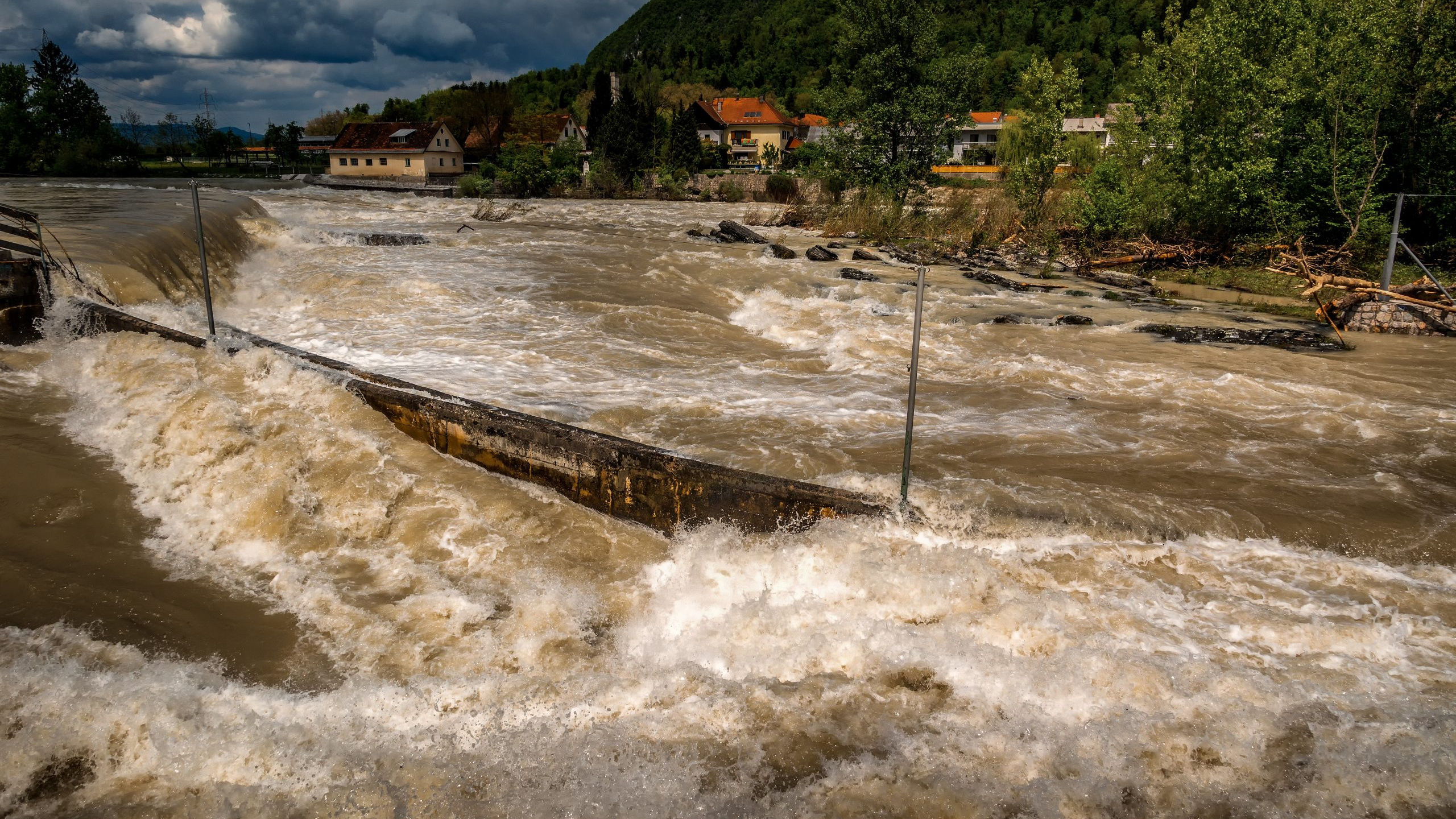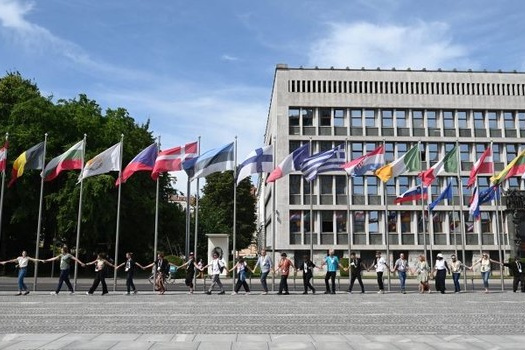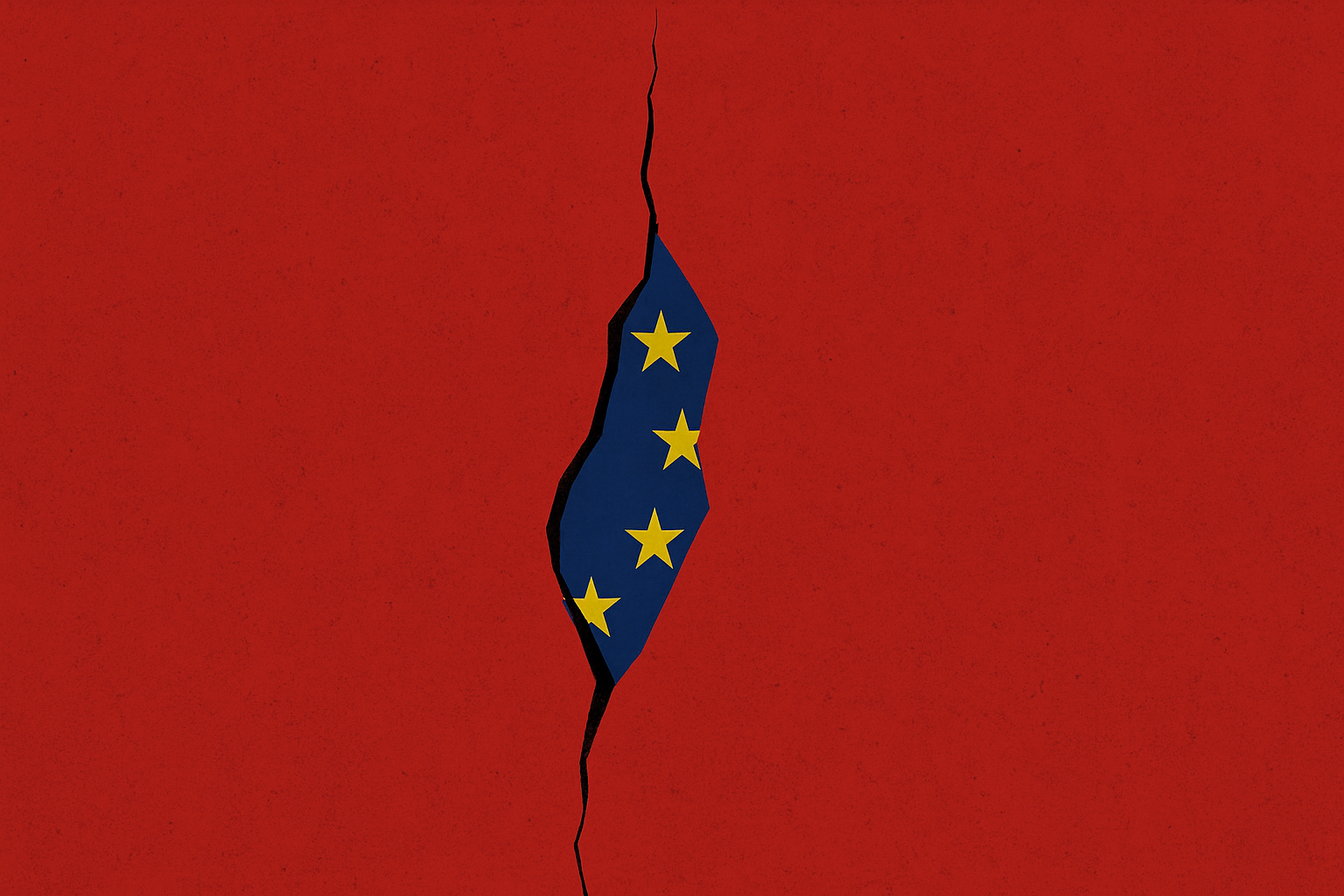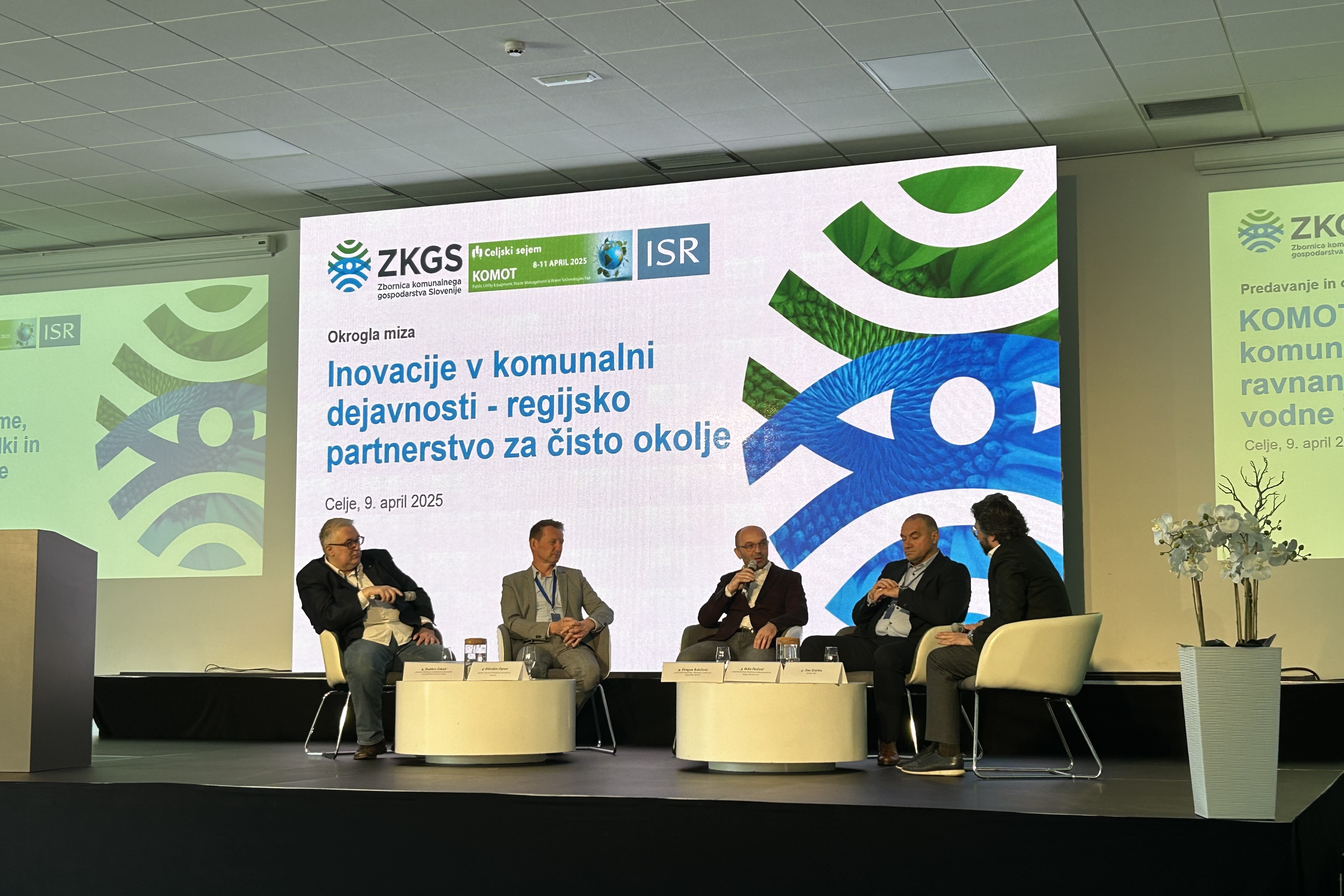Untamed Nature and the Regional Economy
Jan Tomše
Extreme weather events, such as heavy rain, storms, and hail, have become more frequent in Slovenia and the region, with last year seeing record flood damage that led to significant losses for both individuals and businesses. The Triglav Group, a prominent insurer, had to pay out an unprecedented sum, estimated at EUR 150-200 million, primarily for flood damage. To tackle the new challenges, the insurance industry is developing new products and expanding existing index insurance options to cover climate-related risks like droughts and floods.
These weather events have not only impacted individuals, but business suffered significant losses, too. The Triglav Group, a leading insurer, has paid out unprecedented compensation sums in Slovenia and the region, especially for flood damage. The payouts, totalling an estimated EUR 150 and EUR 200 million, include damages from storm surges, hail storms and floods. Taking into account reinsurance protection, these payouts are estimated to have a negative impact on the Group’s operating results, in the range of EUR 40 to EUR 50 million. Despite the challenging environment, the insurer emphasises it maintains an adequate level of capitalisation and liquidity.
Data for the last 20 years shows that last year was the worst year on record for losses caused by nature’s events. The second worst was 2008, when insurers paid out EUR 95 million in natural catastrophe claims, of which hail accounted for EUR 47 million. Recent events have caused a surge in insurance requests but the insurer notes this is to be expected: the awareness of the importance of insurance protection increases with the occurrence of extreme weather events, but tends to diminish with the passage of time.
Despite the current rise in interest for coverage, the Group estimates around one third of real estate owned by private individuals in Slovenia is still uninsured against any peril. This proportion is even higher for businesses, as only a few percent have adequate insurance against flood damage. The insurer says there are viable options for businesses to mitigate risks, including extending fire insurance to cover floods or opt for combined insurance. The third option is to cover costs or profits in the event of loss of income due to business interruption. This is the loss that occurs if the business is unable to operate.
“This, together with the increasing frequency and severity of such events, will put pressure on reinsurance prices, increase the risk of property insurance portfolios and intensify the need for insurers to raise additional capital. Ensuring adequate protection will continue to be of key importance in the future, taking into account changes and restrictions on reinsurance conditions,” Triglav Group says.
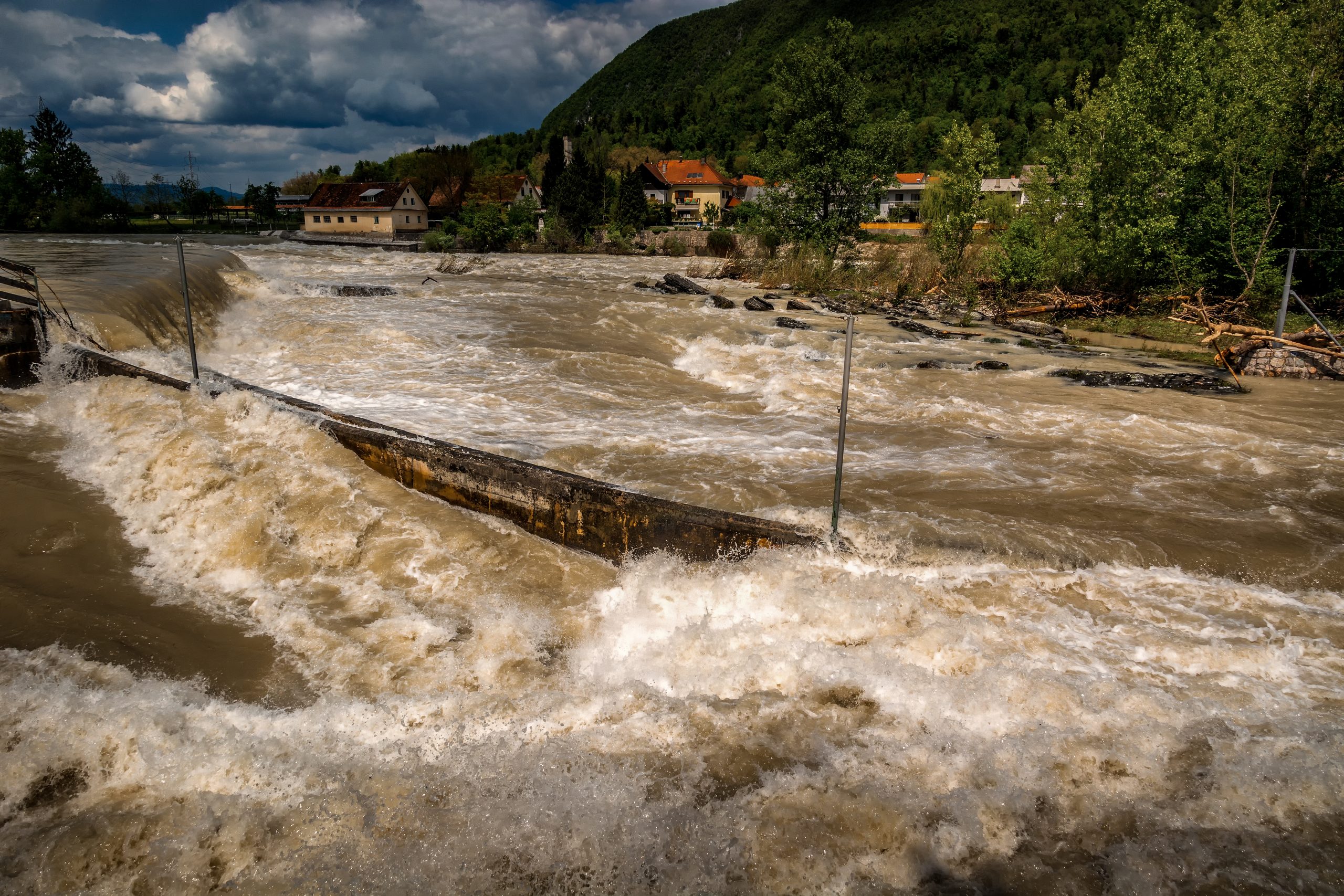
Lack of awareness
While extreme weather events have recently dominated headlines, earthquakes receive less attention, despite Slovenia and the region being located in a very active seismic zone. The area has been hit by major earthquakes in the past including the 1976 earthquake with epicentre in Friuli, Italy, and earthquakes in the Posočje region in 1998 and 2004. In 2015, an earthquake shook the grounds in the Gorjanci near the border with Croatia. The end of December 2020 saw a magnitude 6 earthquake striking Petrinja in Croatia, resulting in seven fatalities, highlighting the persistent seismic threat in the region.
Two years ago, seismologists and geologists from the Slovenian Environmental Agency and the Geological Survey of Slovenia have produced an updated earthquake hazard map for Slovenia. The map reveals that the areas with highest seismic risk are in western Slovenia and in a belt that runs across the whole of Slovenia from northwest to southeast, particularly west of Bovec near the Italian border and the Dinaric fault system in western Slovenia. While Bovec and Brežice are identified as seismically most active areas, northeast of Slovenia and Primorska region are at the lowest risk.
Despite the seismic threat, the Triglav Group says there is still a significant lack of public awareness about the risk. This is quite perplexing considering that catastrophic damage poses a significant threat to an individual’s financial security, given that property is often a person’s most valuable asset. The insurer notes that the demand for earthquake cover varies according to the type of insurance taken out. They estimate around one third of those with any property insurance opt for earthquake coverage.
Similar to floods, demand for earthquake insurance sees temporary spikes after hazardous earthquakes in Slovenia’s vicinity, such as those in Croatia, Turkey, and even in Syria. But the increased awareness gradually wanes over time. Earthquake insurance is typically included in the home or business property coverage, with premiums depending on the earthquake zone, the age of the building and the agreed deductibles.
For example, the earthquake insurance premium for an apartment building in Ljubljana built after 1965 would be one third lower than for a similar building built before 1965.
New insurance products
The insurance industry itself is also in the process of adapting to climate change. Insurance companies are not only developing new products but also increasing the representation of existing index insurance products for drought, floods and other cli- mate risks. They are also expanding their portfolio of insurance products in the area of sustainable mobility and offering effective risk protection for companies involved in the exploitation of renewable energy sources, such as solar power plants, wind farms and others. In addition, the Triglav Group is adjusting its approach to insuring coal mines and thermal power plants, taking into account national strategies for phasing out coal and transitioning to a carbon-neutral economy.
“By investing in sustainable companies, we are actively contributing to environmentally sustainable and socially responsible developments, as societal expectations and regulatory requirements in this area will be even higher in the future. This is all part of our commitment to sustainable investing, which paves the way for a greener, fairer and more inclusive society,” the Group concludes.
Triglav Group advises: How to choose the right insurance?
Triglav Group - Forward, sustainably
“We want to play a leading role in integrating global sustainability best practices into our business in the Adriatic region and are able to identify sustainability opportunities and risks. We have formulated our sustainability (ESG) goals for 2025 in four key areas: insurance and asset management, Triglav Group’s business processes, responsible stakeholder relations and effective corporate governance,” the insurance company says.
The Group’s activities include continuous efforts to raise aware- ness among the public, partners and other stakeholders on global development challenges and sustainable behaviour in everyday life. This commitment to the community is manifested through preventive investments and prevention programmes – an important social component of the insurance industry’s sustainable impact – and a number of projects in the areas of transport, fire safety, health, agriculture and education. These initiatives are primarily designed to benefit the most vulnerable groups of people and natural environments.
THE ADRIATIC
This article was prepared in cooperation with Triglav Group d.d.,originally published in The Adriatic Journal: Strategic Foresight 2024
If you want a copy, please contact us at info@isr.si

